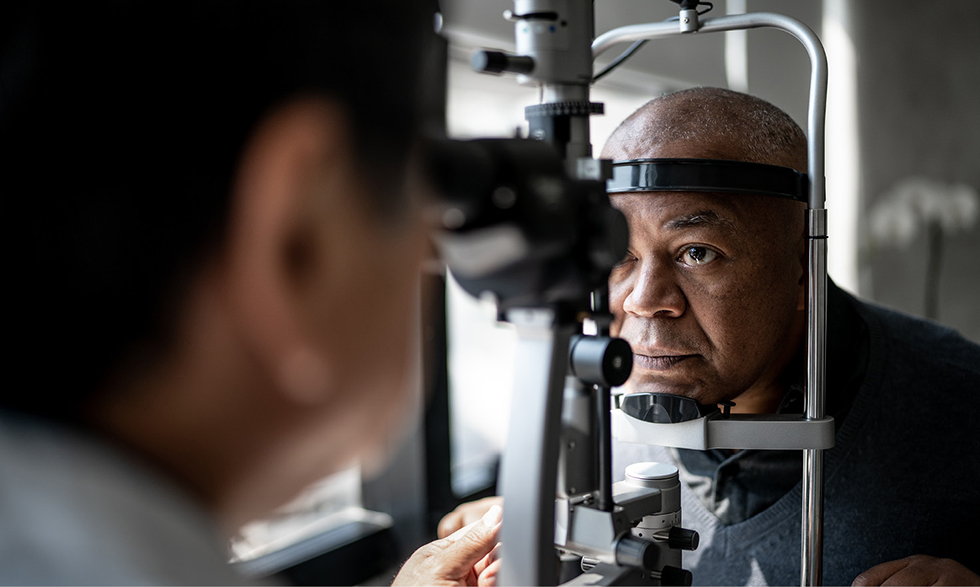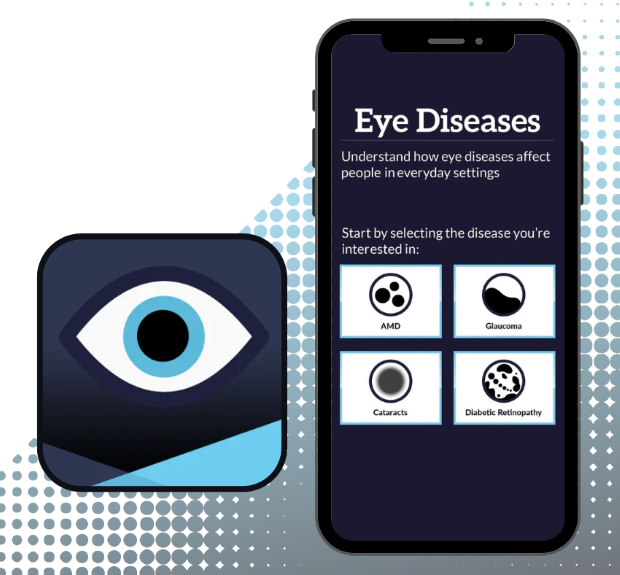
Last updated on July 30th, 2024 at 02:57 pm
Like a camera, your eyes rely on a lens—the clear part of the eye that helps focus light on the retina. A cataract is a clouding of that lens, which can affect your vision. Most cataracts develop from aging. By age 80, more than half of Americans either have a cataract or have had cataract surgery.
You may be at a higher risk if you smoke, consume alcohol excessively, or have a family history of cataracts. Spending a lot of time in the sun without sunglasses can also raise your chances of cataracts. Diabetes and steroid use can also cause cataracts.
The National Eye Institute (NEI) has helpful resources on the condition, its symptoms, and treatment options.
What are the most common symptoms of a cataract?
- Cloudy or blurry vision
- Changes to how colors look (they may seem faded)
- Seeing a glare (headlights, lamps, or sunlight may appear too bright or you might see a halo around lights)
- Poor night vision
- Double vision or seeing multiple images in one eye (this symptom may clear as the cataract gets larger)
- Frequent prescription changes to your eyeglasses or contact lenses
These symptoms aren’t always specific to cataracts—they can also signal other eye problems. If you have any of these symptoms, be sure to check with your eye care professional.

Cloudy, burry, and double vision are some of the symptoms of cataracts.
Are there different types of cataracts?
Although most cataracts are related to aging, there are other types:
- Secondary cataracts can form after surgery for other eye problems (such as glaucoma).
- Traumatic cataracts can develop after an eye injury, sometimes even years later.
- Pediatric cataracts are present at birth or develop in childhood, often in both eyes. These cataracts may be so small that they do not affect vision. If they do, the lenses may need to be replaced.
- Radiation cataracts can develop after exposure to some types of radiation.
How is a cataract treated?
The symptoms of an early cataract may improve with new eyeglasses, brighter lighting, antiglare sunglasses, or magnifying lenses. If these measures do not help, surgery is the only effective treatment. Surgery involves removing the cloudy lens and replacing it with an artificial lens.
Can cataracts be prevented?
There are some things you can do to lower your chances of cataracts. They include:
- Wearing sunglasses and a hat with a brim to protect your eyes from the sun
- Wearing protective eyewear while doing activities such as using power tools or playing certain sports
- Quitting smoking (or don’t start!)
- Eating fruits, leafy green vegetables, fish, nuts, whole grains, and other foods rich in vitamins that are good for eye health
What research is being done on cataracts?
NEI conducts and supports studies on factors associated with cataracts. These studies explore:
- Effects of the sun’s ultraviolet rays on eyes
- Effects on the brain after cataract surgery to restore vision
- Biological factors that lead to cataracts
See what it’s like to have cataracts…with your phone!
Users can download the NEI VR: See What I See smartphone app from the App Store or Google Play.
The NEI-VR: See What I See smartphone app uses virtual reality to demonstrate what the world looks like with cataracts. The free app also has quizzes to test your knowledge about cataracts and other eye diseases. Download the app through your device’s app store. Disclaimer: The NEI-VR: See What I See mobile application does not currently comply with the Web Content Accessibility Guidelines.
This article was originally published in July 2017. It has been updated.

